The Impact of Nature Photography & Social Media on Our Environment
Nature Photography & Social Media have both now become a powerful medium to capture the beauty of our planet. With the advent of social media, these images have found a global platform, reaching millions of people in an instant. But what does this mean for our environment, waterways, ecosystems, wildlife, and even our cities and countries?
Impact of Nature Photography & Social Media
—————————
Positive Impacts
—————————-
Awareness and Education
Nature photography shared on social media can educate people about the beauty and fragility of our environment. It can highlight the diversity of wildlife, the majesty of landscapes, and the importance of clean waterways. This awareness can inspire people to take action to protect these natural resources.
Promotion of Conservation
Powerful images can help promote conservation efforts. They can bring attention to endangered species, deforestation, pollution, and other environmental issues. This can lead to increased support for environmental organizations and initiatives.
Community Building
Social media allows photographers, nature enthusiasts, and conservationists to connect, share ideas, and work together towards common goals. This global community can be a powerful force for change.
Negative Impacts
——————————–
Disturbance to Wildlife and Ecosystems
The desire to capture the perfect shot can sometimes lead photographers to disturb wildlife or sensitive ecosystems. This can cause stress to animals and damage habitats.
Over-Tourism
Viral images can lead to an influx of tourists to previously quiet natural areas. This can put pressure on local ecosystems and lead to pollution and habitat destruction.
Misinformation
Without proper context, images can sometimes spread misinformation about wildlife behavior, the state of the environment, or the effectiveness of conservation efforts.
nature photography and social media can play a significant role in promoting environmental awareness and conservation, it’s crucial that we use these tools responsibly. Always respect wildlife and their habitats, adhere to local regulations, and strive to leave no trace. Remember, our actions today will determine the health of our planet for future generations.
The Role of Individuals and Professionals in Nature Photography
While professionals like David Attenborough have made significant contributions to nature photography and environmental awareness, it’s important to note that everyone has a role to play in this field.
The Role of Professionals:
Professionals have the facts to bring a wealth of knowledge, experience, and resources to the table. They can capture stunning images that reveal the beauty and complexity of our natural world. Their work often reaches a wide audience, raising awareness about environmental issues and inspiring people to take action.
The Role of Individuals
However, this doesn’t mean that nature photography should be left solely to the professionals. In fact, every individual has a unique perspective to offer and a role to play.
Citizen Science
With the advent of smartphones, everyone can become a citizen scientist. By photographing and sharing images of their local environment, individuals can contribute to scientific research and conservation efforts.
Local Advocacy
Individuals can use their photos to advocate for local environmental issues. This could be anything from protecting a local park to reducing pollution in a nearby river.
Education and Awareness
Sharing photos of nature on social media can educate friends and family about the importance of conservation. It can also inspire others to appreciate and protect the natural world.
However, with this power comes responsibility. It’s important for everyone, professionals and individuals alike, to practice ethical photography. This means respecting wildlife, not disturbing habitats, and being mindful of the impact of our actions.
Practices to Avoid in Nature Photography
While nature photography can be a powerful tool for conservation and education, it’s crucial to remember that our actions can have a significant impact on the environment and wildlife and here are some practices to avoid in nature photography.
Disturbing Wildlife
Never approach animals too closely, make loud noises to get their attention, or attempt to feed them. These actions can, hurt enivornment and ecosystems, stress animals and alter their natural behaviors.
Damaging Habitats
Avoid trampling vegetation, moving rocks, or otherwise altering the environment to get a better shot. Remember, the habitats you’re photographing are homes to wildlife.
Ignoring Local Regulations
Always adhere to local rules and regulations. This might include staying on designated trails, not photographing certain species, or avoiding areas during specific times of year.
Sharing Sensitive Locations
Be careful when sharing location data on social media. Revealing the locations of sensitive habitats or rare species can lead to increased human traffic and potential harm.
Promoting Harmful Behaviors
Don’t share or celebrate photos that depict harmful behaviors, such as people getting too close to wildlife, feeding animals, or damaging habitats.
Conclusion
Nature photography can be a wonderful hobby and a powerful tool for conservation, it’s important to practice it responsibly. Always prioritize the well-being of the environment and wildlife over getting the perfect shot. Remember, our actions can have a lasting impact, so let’s make sure it’s a positive one.
Professionals like David Attenborough play a crucial role in nature photography and conservation, everyone has a part to play. Whether you’re a professional photographer or a casual nature lover, your photos can make a difference. So, let’s all aim to use our cameras for good, promoting respect and care for our beautiful planet.
Join the Conversation
We’ve explored the impact of nature photography and social media on our environment, wildlife, and communities. We’ve discussed the roles both professionals and individuals play, and we’ve outlined some practices to avoid to ensure our actions are beneficial, not harmful.
But this is just the beginning. We want to hear from you. How has nature photography influenced your view of the environment? What actions are you taking to ensure your photography is ethical and beneficial? Do you have any tips for others looking to use their cameras for conservation?
Join the conversation. Share your thoughts, experiences, and photos. Let’s learn from each other and work together to protect our beautiful planet. After all, every picture tells a story. Let’s make sure ours is one of respect, preservation, and love for the natural world.

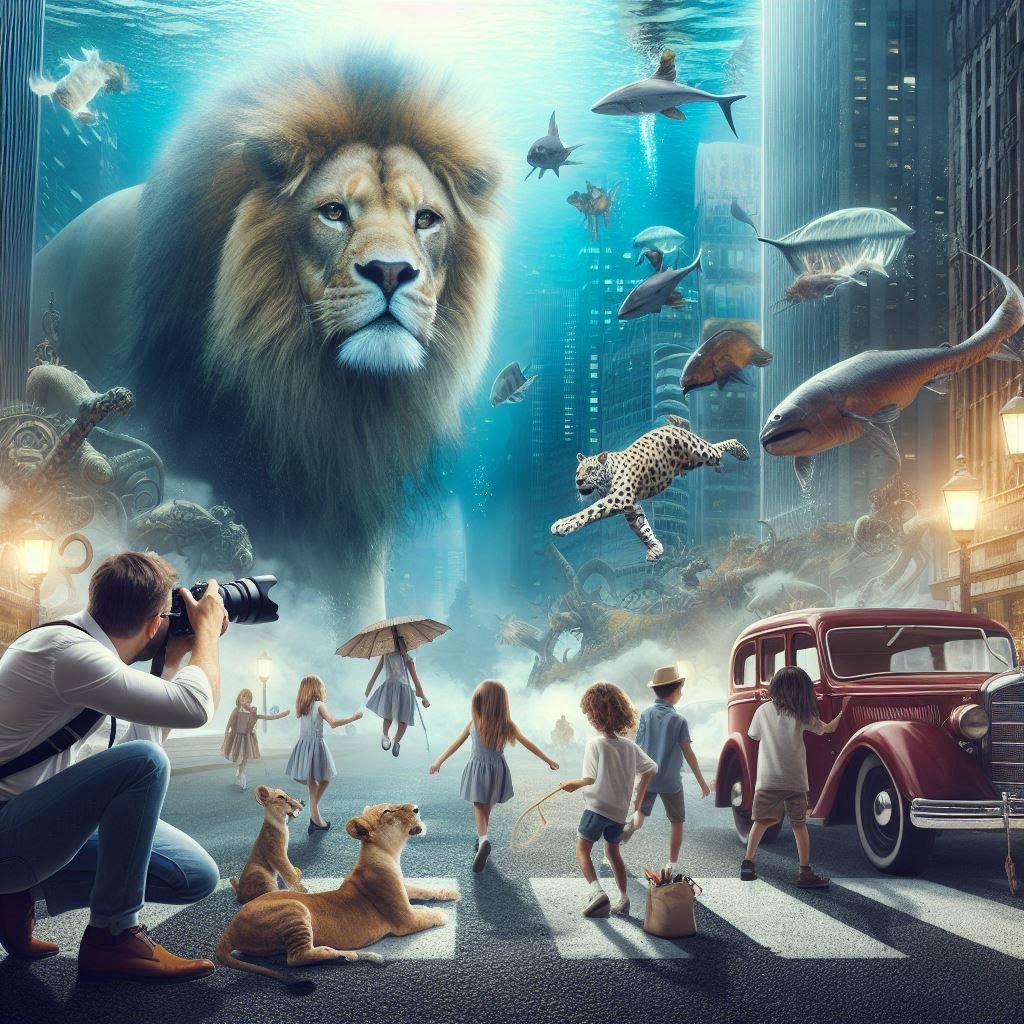

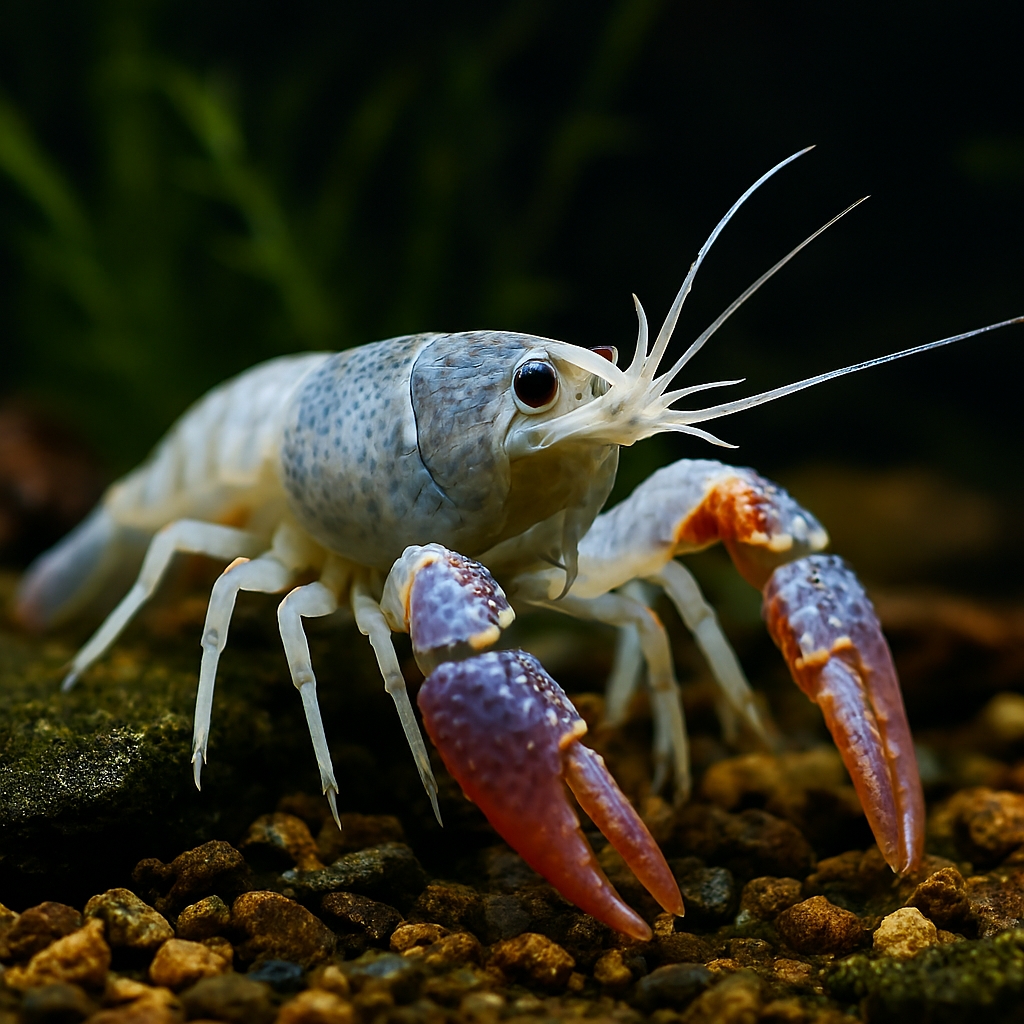
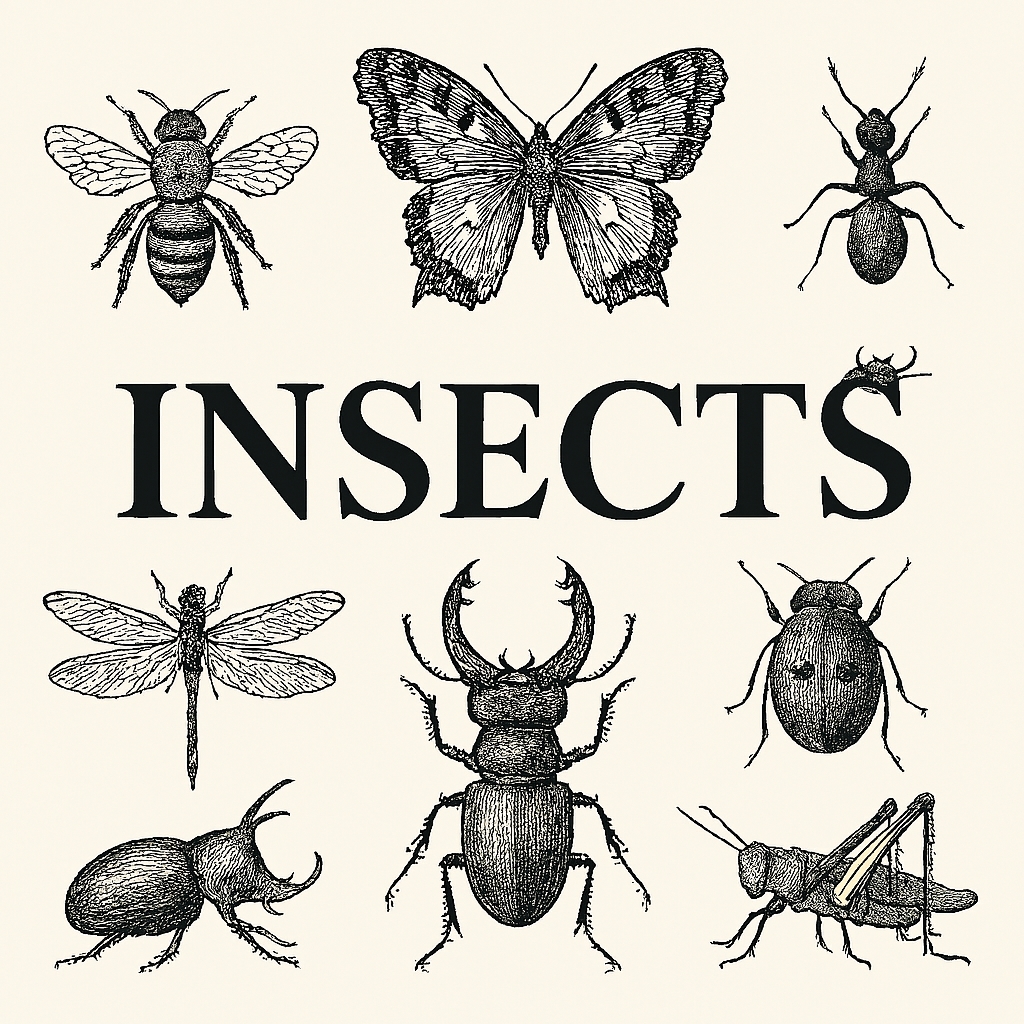




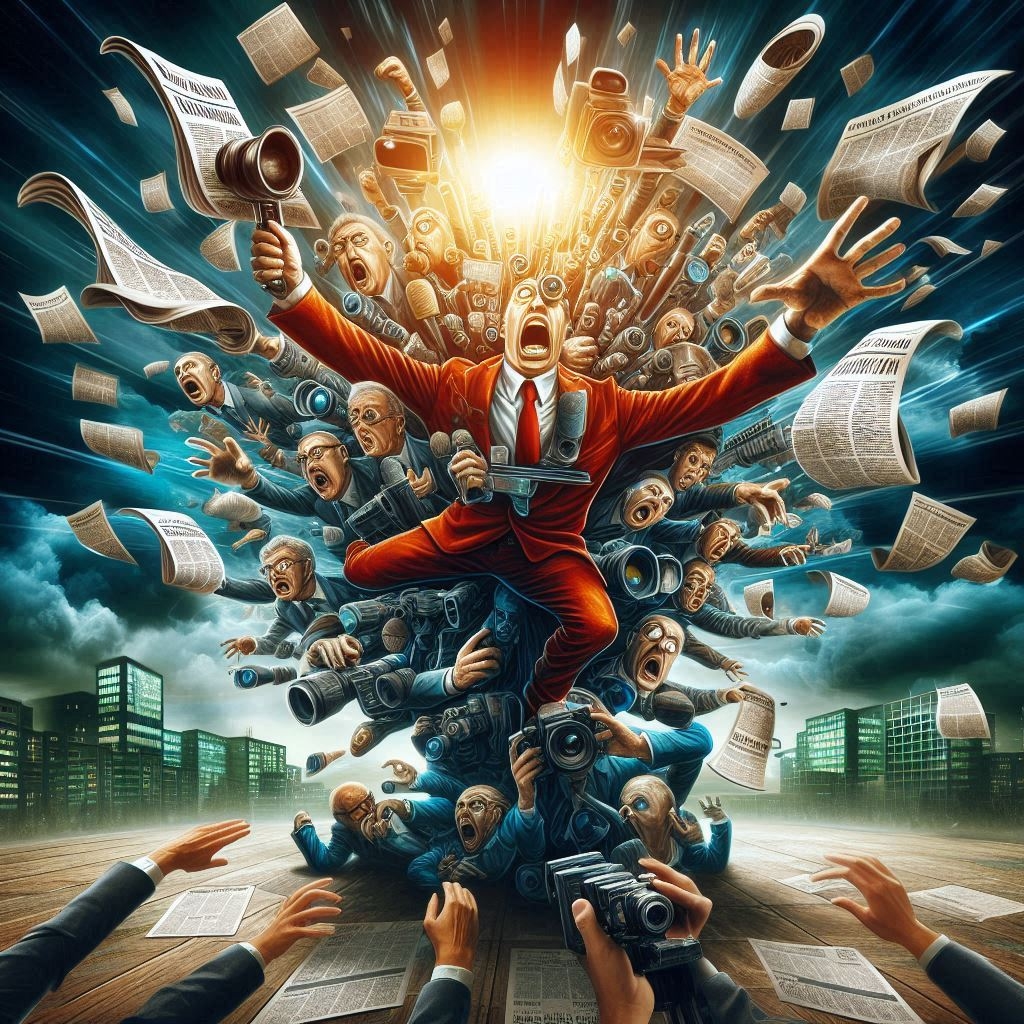


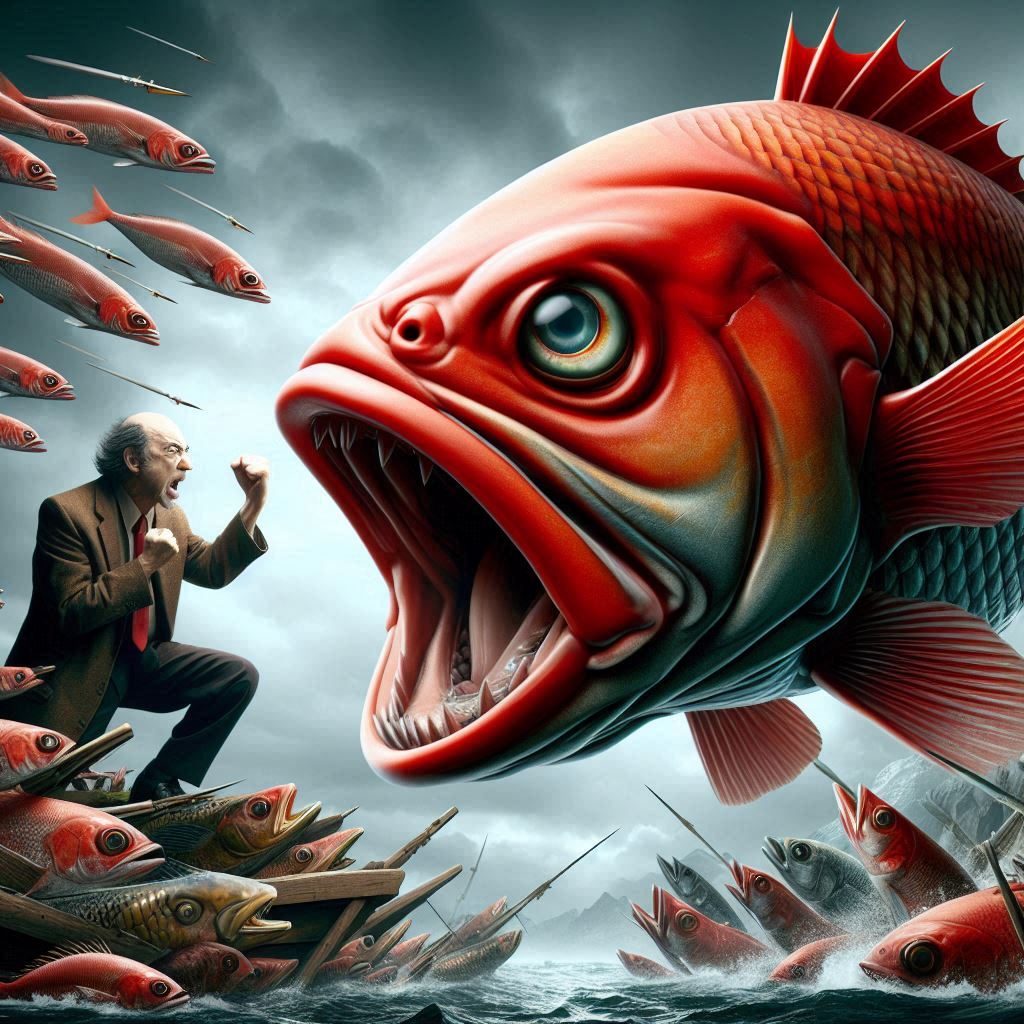



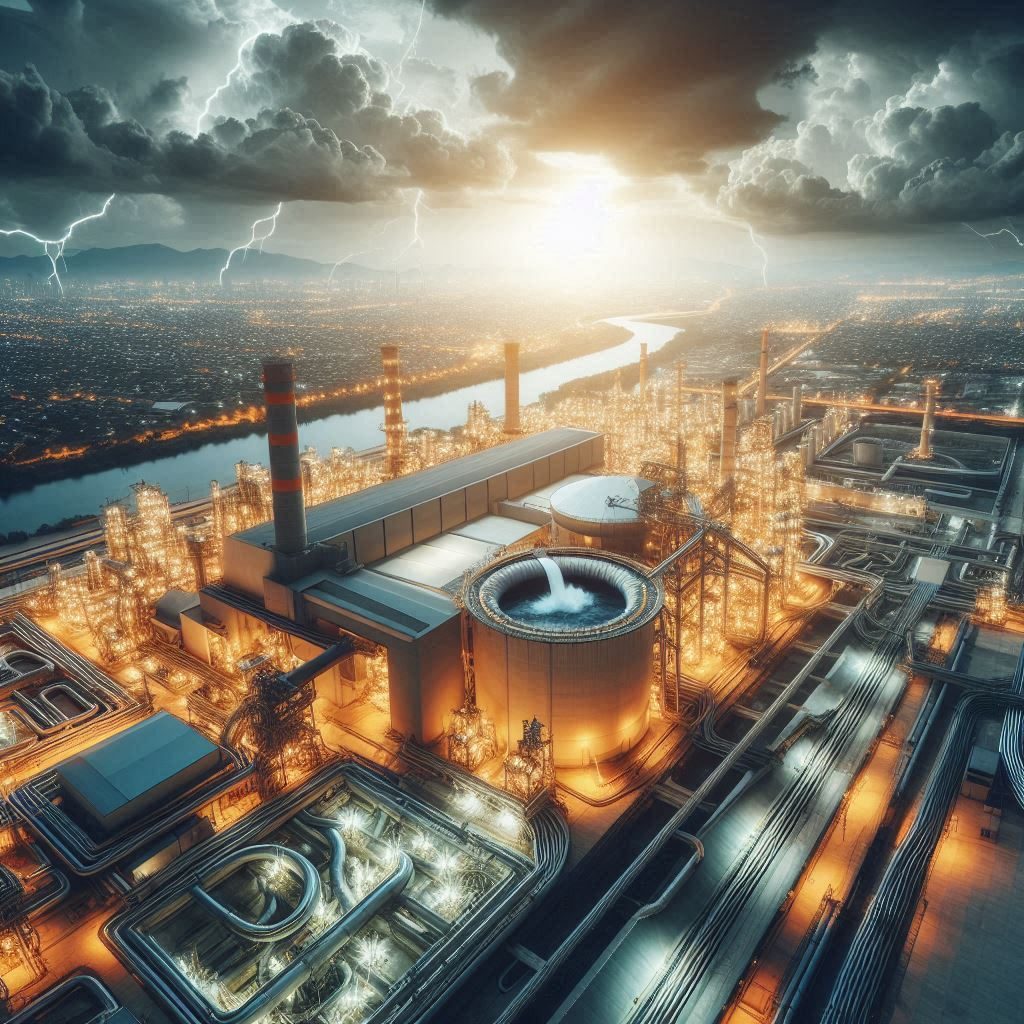
Has Sydney And NSW Lost Its No.1 Edge - PhotoChronicles
[…] been a city that captivates. However, recent discussions have raised questions about whether the city’s charm is fading and whether it’s being poorly […]